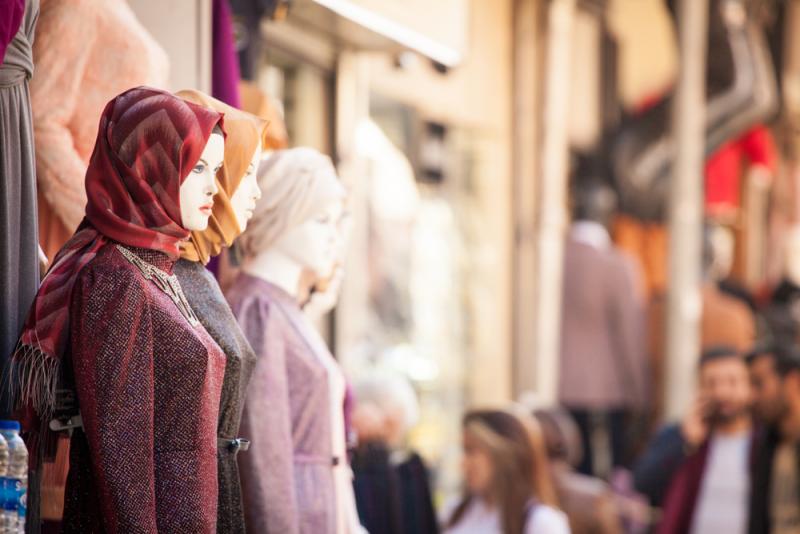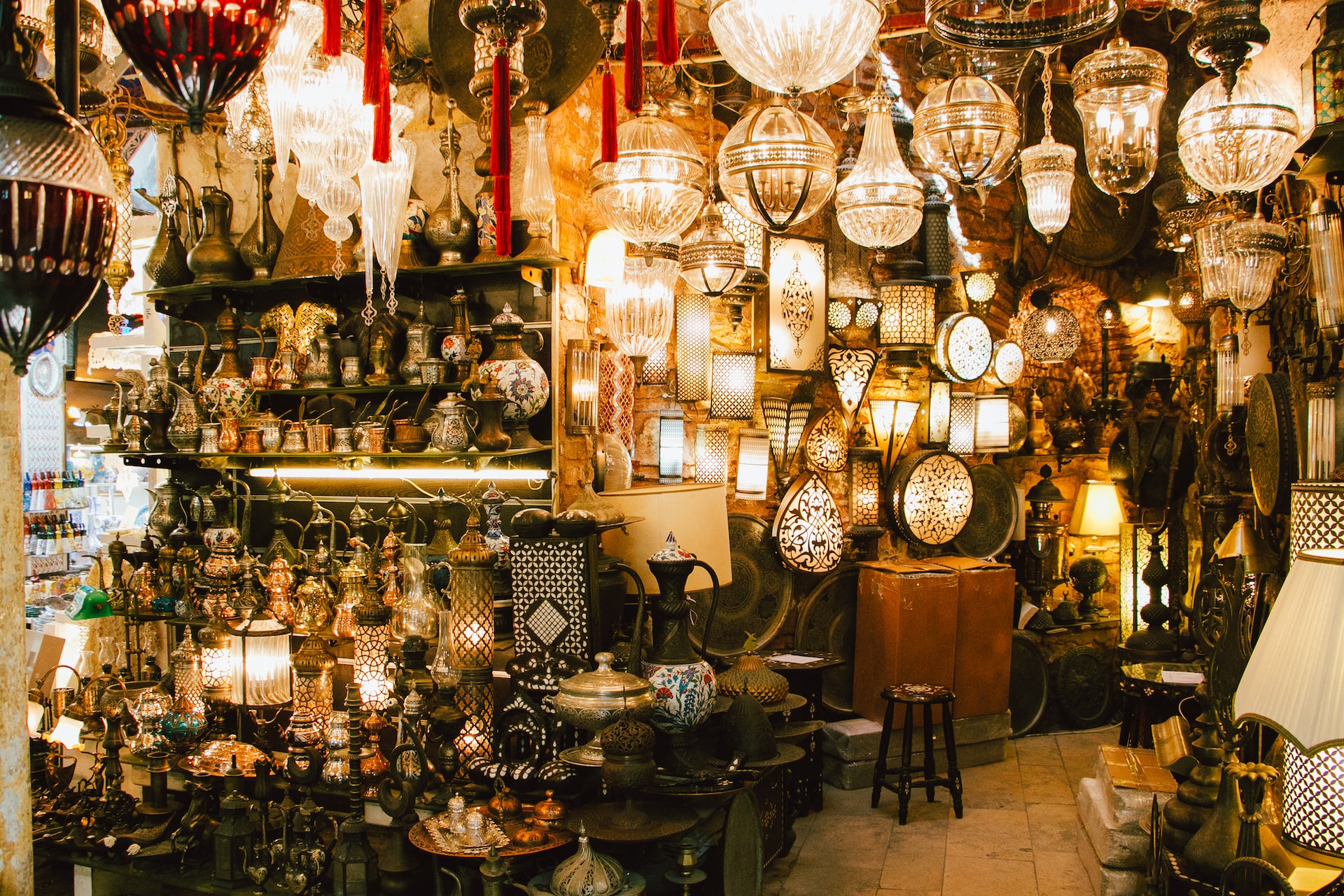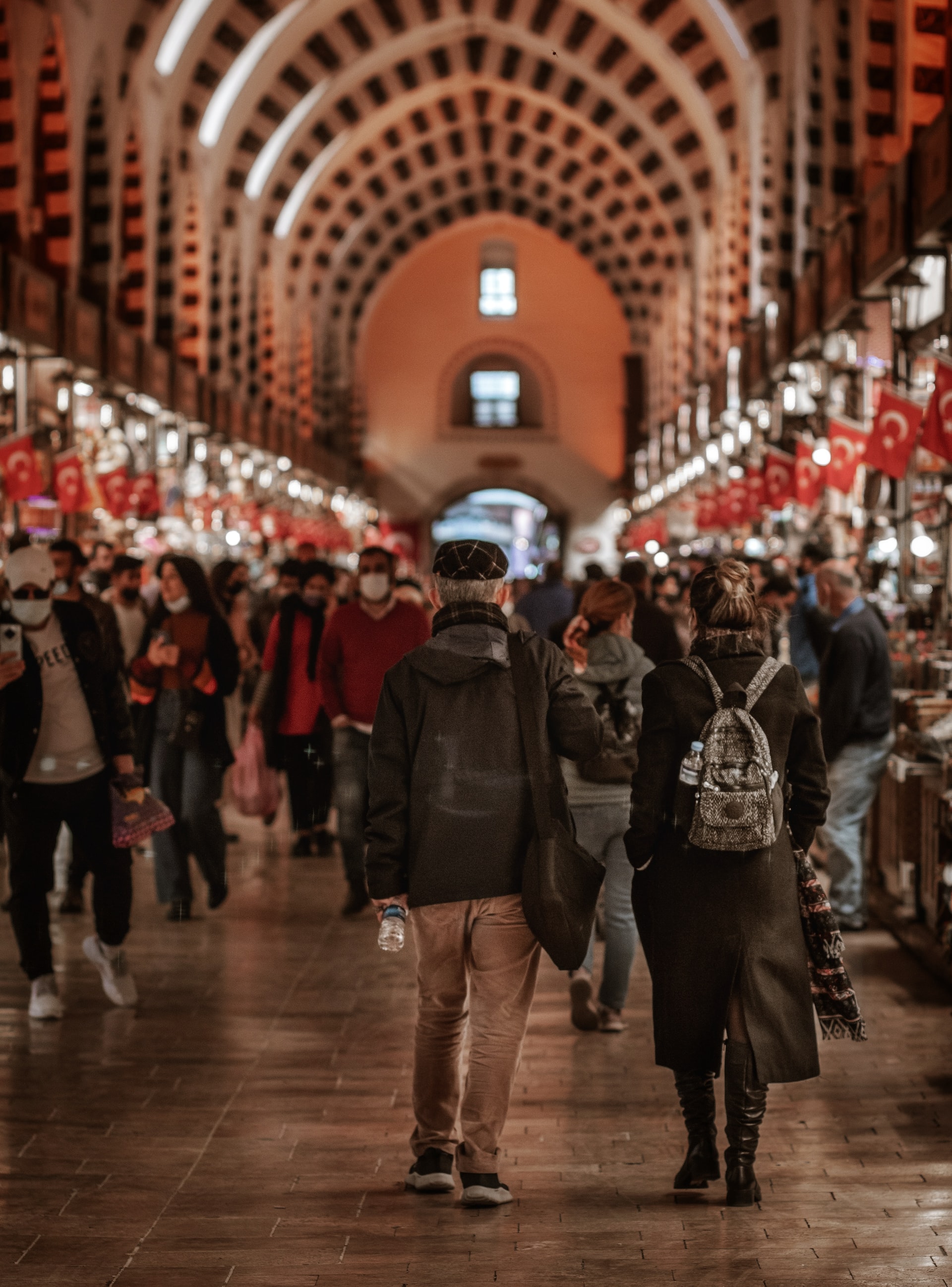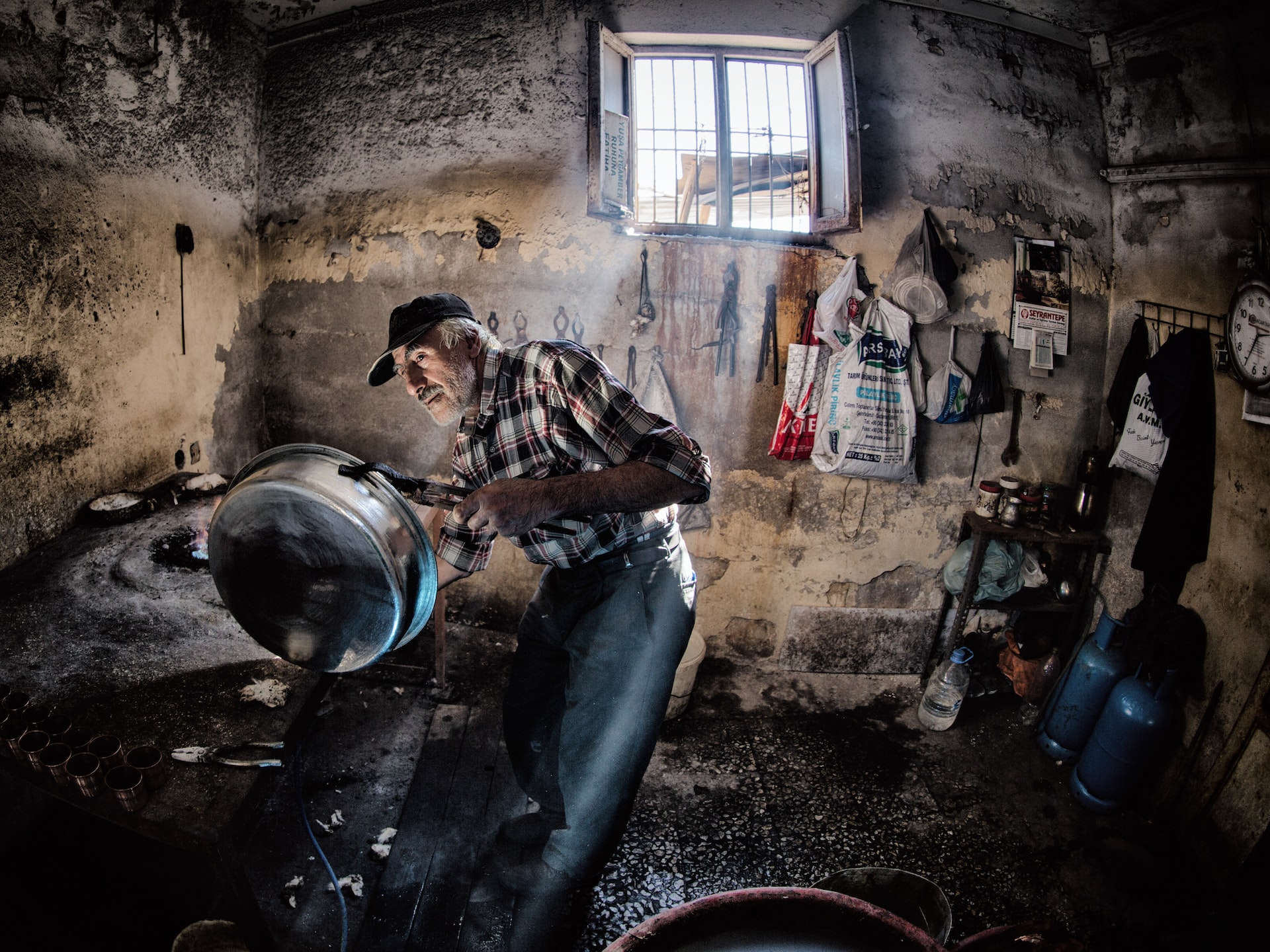Culture & Travel
6 March 2023Today, when it comes to shopping, the first thing that comes to mind is huge shopping centers. Of course, large shopping centers with many popular brands appeared out of nowhere. With the emergence of arcades and bazaars after small shops, perhaps the first steps of this new culture were taken. However, the role of bazaars did not end with the birth of magnificent shopping malls. The bazaars, which smell like history, still continue their existence like a rooted tree despite all the changes. It is one of the indispensable stops for those who love both shopping and history. Turkiye is very rich in terms of historical bazaars. In many parts of the country, there are covered bazaars that have been under the influence of different civilizations, both with their architecture and with their content. Let’s examine the historical bazaars in Turkiye together.
Ulu Çarşı (Bursa)
Ulu Çarşı, which has managed to become one of the symbols of Bursa, has a history of 6 centuries. Located in the city’s Osmangazi district, the bazaar is also located next to the Ulu Mosque. Ulu Çarşı is a place of great interest not only to residents but also to tourists. Towels are among the most famous products sold in Ulu Çarşı, which has been restored over time. You can find many products, such as towels, in the historical bazaar of Bursa, which is famous for its fabric. Thanks to the presence of the Great Bazaar, the inns region in which it is located has earned the right to be included in the UNESCO World Heritage List. The share of the authentic and historically challenging Ulu Çarşı is great in this success.
Historical Kemeraltı Bazaar (İzmir)
Kemeraltı Bazaar, which was built between 1650 and 1670, has a history of 7,000 years. Just like Bursa Grand Bazaar is close to Ulu Mosque, Kemeraltı Bazaar is very close to Hisar Mosque... In fact, the starting point of the bazaar is Hisar Mosque. It starts from its location. It is possible to find whatever you are looking for in the bazaar, which has a very large surface area. There are shops for all kinds of needs, such as tiles, handcrafted products, accessories, spice shops, textiles, and ready-made clothing. However, the bazaar offers more than that to its visitors. That’s a whole lot of history... With fountains, synagogues, baths, inns, and mosques dating from the 16th century, Kemeraltı Bazaar is one of the most important tourist spots of İzmir.

Safranbolu Bazaar (Karabuk)
Safranbolu, which has managed to enter the UNESCO World Heritage List due to the protection of its cultural heritage and historical houses, is one of the most important districts of Karabük. The historical bazaar in Safranbolu is one of the most beautiful traces of this cultural heritage. It is possible to find many saffron-related products, which benefit the region’s fame, in this bazaar. It is possible to find pure forms of saffron, cologne, soap, Turkish delight, saffron cloth, various textile products, and much more here. While going through the historical bazaar, the fact that the products sold in the shops are at least as authentic as the bazaar offers an invaluable chance to visit.
Grand Bazaar (Istanbul)
According to some sources, the Grand Bazaar was built by Mehmet the Conqueror, and according to some sources, it was a structure created during the Byzantine Period. However, it has become one of the important architectural structures that bear the traces of both civilizations, no matter whom it was built. Thanks to its domed ceilings and its authentic texture that smells of history, it is one of the most popular tourist attractions. The Grand Bazaar, which is especially famous for its jewelers, is called the first shopping center in the world. The area covered by the Grand Bazaar, located in the Bayezid district of Istanbul, is quite large. In addition, not only the bazaar but also the surrounding of the bazaar is full of architecture of historical value.

Spice Bazaar (Istanbul)
Another historical bazaar of Istanbul is undoubtedly the Spice Bazaar located in Eminönü. It is located behind Yeni Mosque, and there is the Çiçek Market right next to it. It would be right to say that the Spice Bazaar is one of the most magical bazaars in Turkiye. It contains a unique exotic Istanbul scent. If cities had a scent, Istanbul’s scent would undoubtedly be the same as the Spice Bazaar. Before you enter it, you can smell the mingling smell of different spices and coffees. The structure of the bazaar, built by Architect Kasım Ağa in 1664, is as eye-catching as its smell.

The Coppersmith Bazaar (Gaziantep)
Although the date of construction of the Coppersmith Bazaar, located in the Gaziantep Hanlar region, is not clearly mentioned in the sources, it is thought to have been built in the 19th century. The Coppersmith Bazaar was awarded the Achievement Award by the Historical Cities Association. It is not only the history of the building that makes the bazaar so special. The fact that it is among the masters who still keep alive the art of copper smithing, which has sunk into oblivion today... You will make a journey in history as you wander among the beautiful handcrafted copper products in the wooden entrance shops located in the stone streets of the bazaar.

Revaklı Bazaar (Mardin)
The city of Mardin is one of the most mysterious cities in Turkiye. Revaklı Bazaar, which is estimated to be built in the 17th century, is one of the city’s favorites. It is also known as Tellalar and Sipahiler Bazaar. The bazaar, which was restored in 2002, serves with shops lined up among the porticoes on the side of the road. Although there is no clear information about the historical past of the bazaar, the magical texture of the architecture and interior is enough to draw visitors in. Revaklı Bazaar, which has gained value thanks to the masters coming from the Coppersmith Bazaar, is right to be one of the locations where tourists show great interest.


